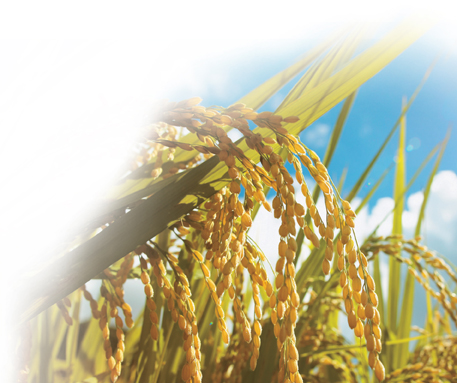8.3 The Process of Photosynthesis
 What happens during the light-dependent reactions?
What happens during the light-dependent reactions? What happens during the light-independent reactions?
What happens during the light-independent reactions? What factors affect photosynthesis?
What factors affect photosynthesis?
photosystem • electron transport chain • ATP synthase • Calvin cycle
Flowchart As you read, create a flowchart that clearly shows the steps involved in the light-dependent reactions.
THINK ABOUT IT Why membranes? Why do chloroplasts contain so many membranes? Is there something about biological membranes that makes them absolutely essential for the process of photosynthesis? As you'll see, there is. When most pigments absorb light, they eventually lose most of that energy as heat. In a sense, the “trade secret” of the chloroplast is how it avoids such losses, capturing light energy in the form of high-energy electrons—and membranes are the key. Without them, photosynthesis simply wouldn't work.
The Light-Dependent Reactions: Generating ATP and NADPH
 What happens during the light-dependent reactions?
What happens during the light-dependent reactions?
Recall that the process of photosynthesis involves two primary sets of reactions: the light-dependent and the light-independent reactions. The light-dependent reactions encompass the steps of photosynthesis that directly involve sunlight. These reactions explain why plants need light to grow.  The light-dependent reactions use energy from sunlight to produce oxygen and convert ADP and NADP+ into the energy carriers ATP and NADPH.
The light-dependent reactions use energy from sunlight to produce oxygen and convert ADP and NADP+ into the energy carriers ATP and NADPH.
The light-dependent reactions occur in the thylakoids of chloroplasts. Thylakoids are saclike membranes containing most of the machinery needed to carry out these reactions. Thylakoids contain clusters of chlorophyll and proteins known as photosystems. The photosystems, which are surrounded by accessory pigments, are essential to the light-dependent reactions. Photosystems absorb sunlight and generate high-energy electrons that are then passed to a series of electron carriers embedded in the thylakoid membrane. Light absorption by the photosystems is just the beginning of this important process.

FIGURE 8–8 The Importance of Light Like most plants, this rice plant needs light to grow. Apply Concepts Which stage of photosynthesis requires light?

Table of Contents
- Formulas and Equations
- Applying Formulas and Equations
- Mean, Median, and Mode
- Estimation
- Using Measurements in Calculations
- Effects of Measurement Errors
- Accuracy
- Precision
- Comparing Accuracy and Precision
- Significant Figures
- Calculating With Significant Figures
- Scientific Notation
- Calculating With Scientific Notation
- Dimensional Analysis
- Applying Dimensional Analysis




